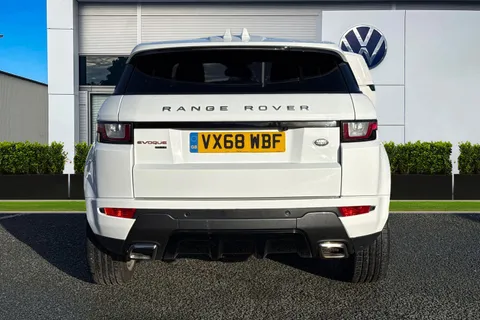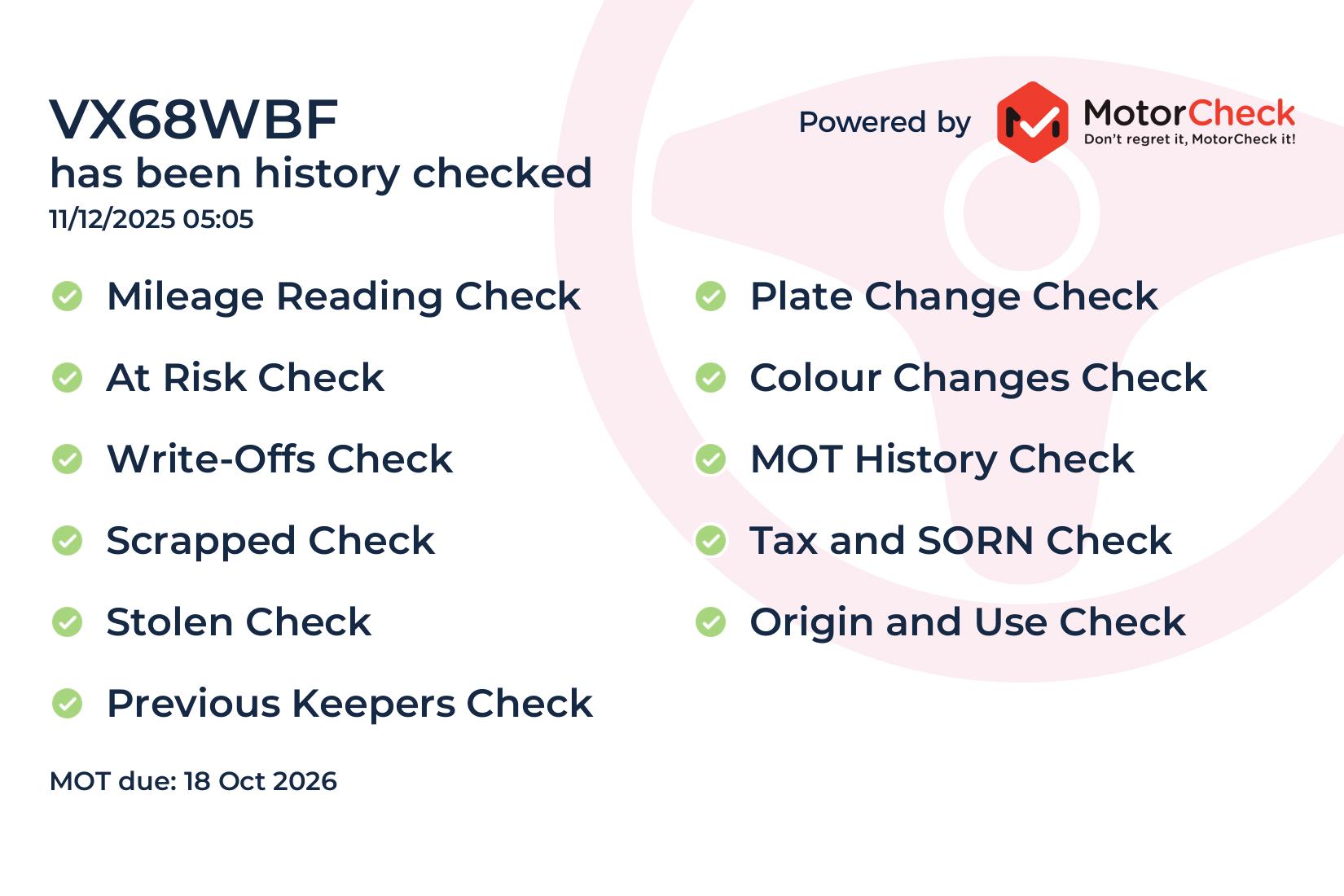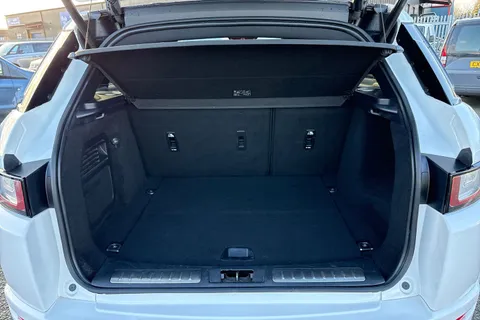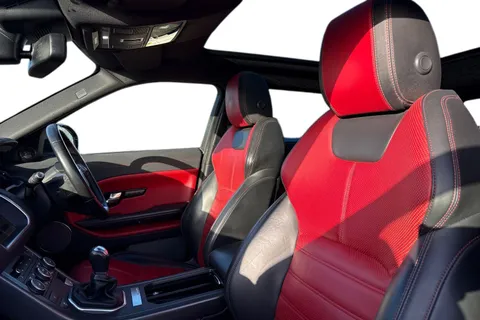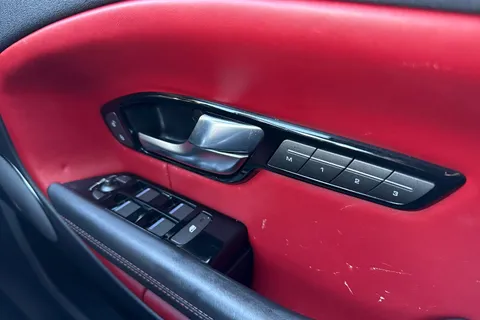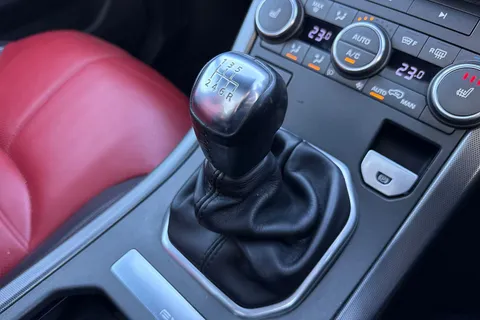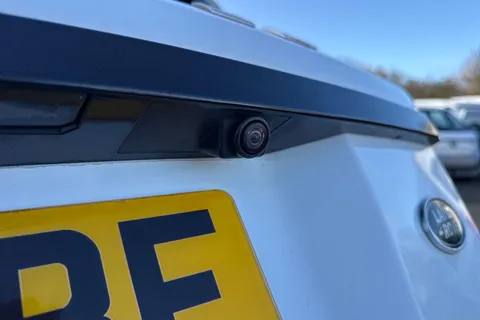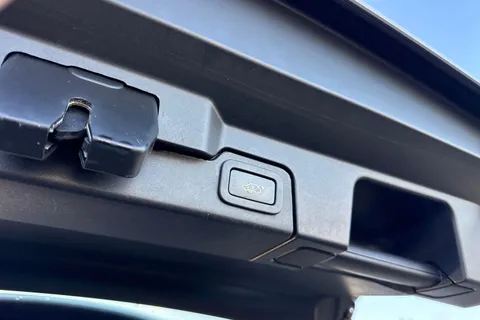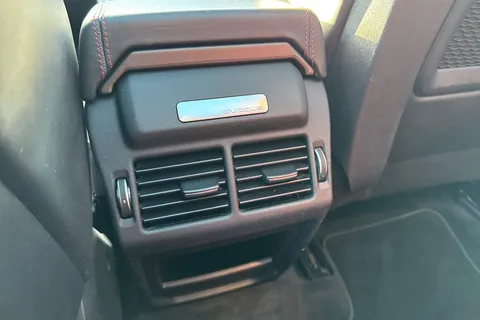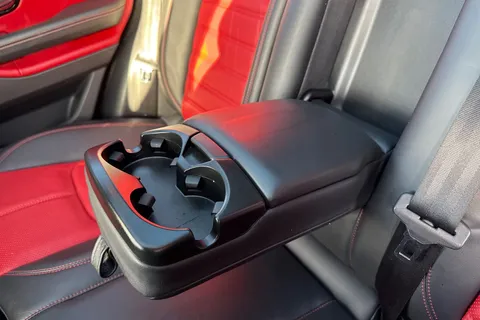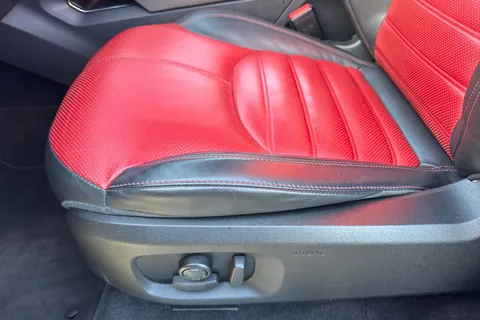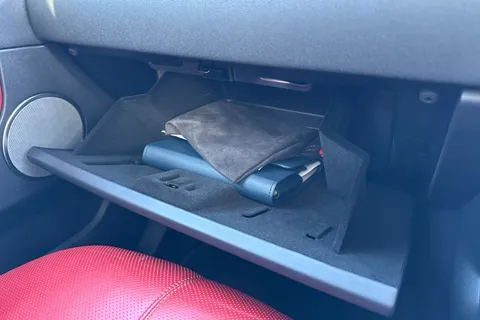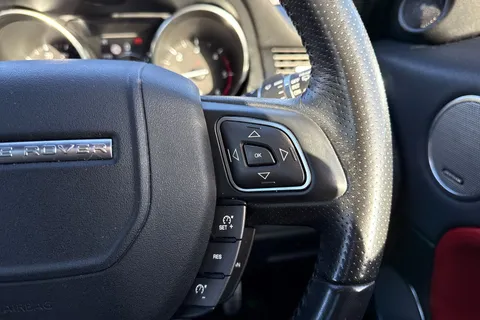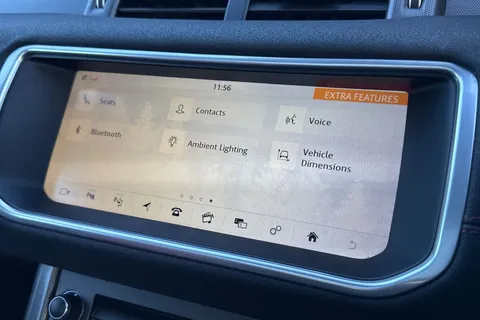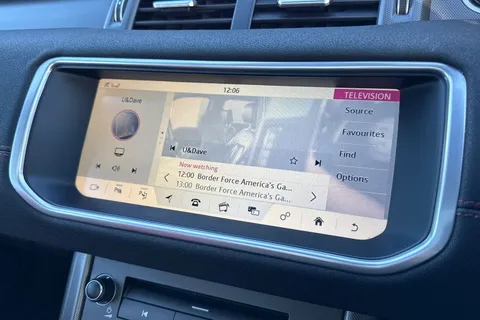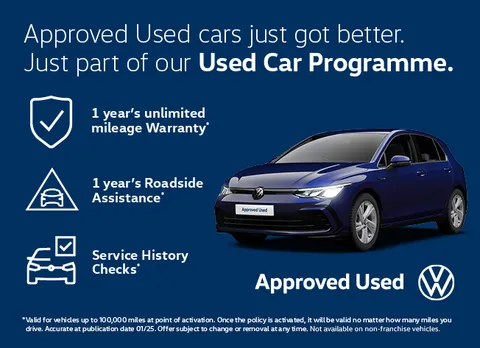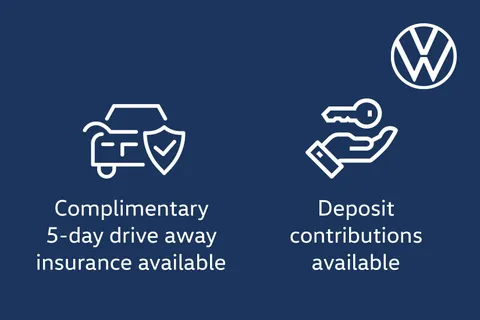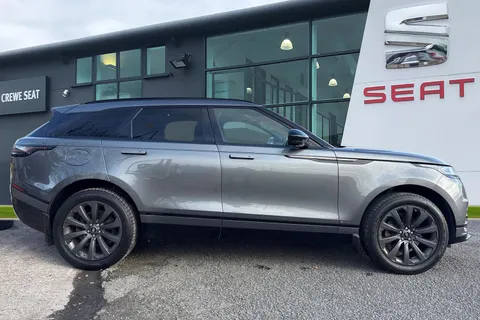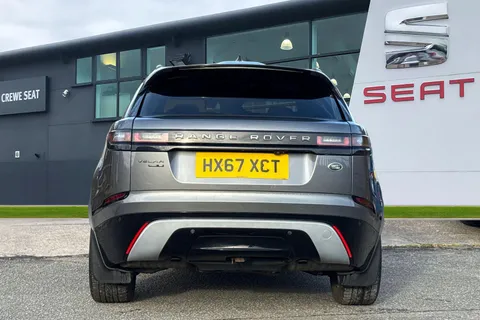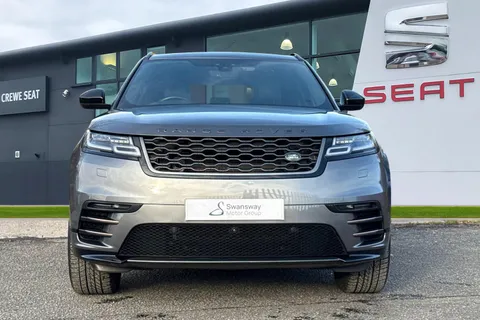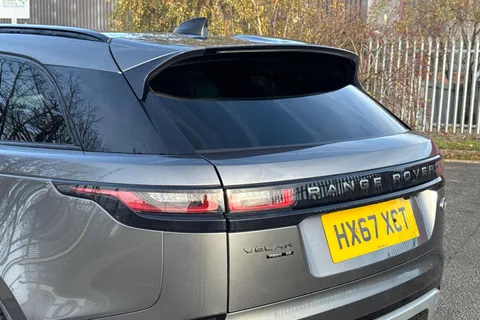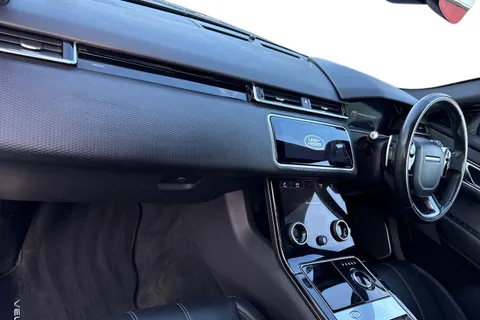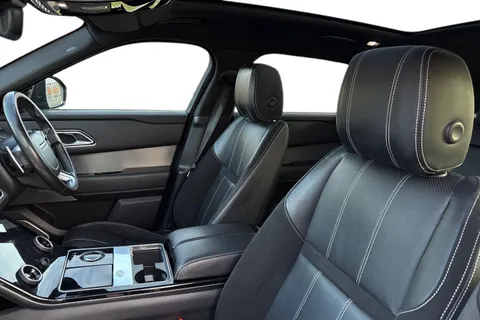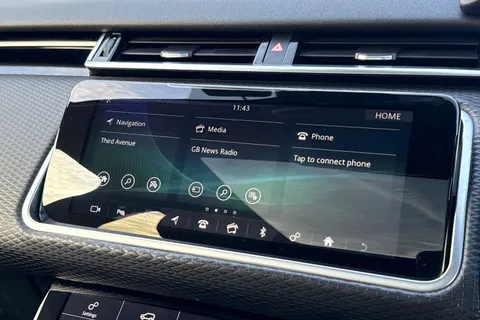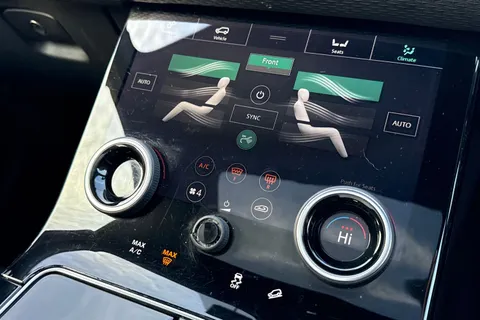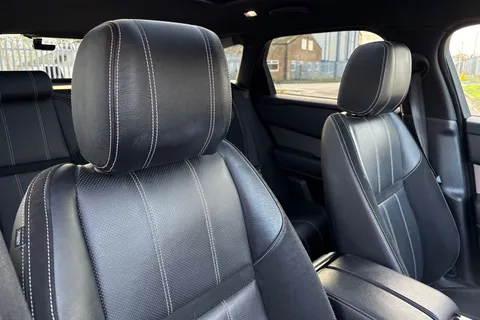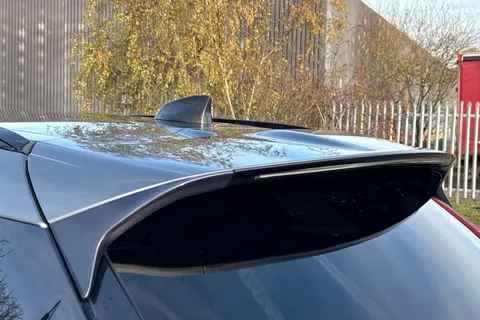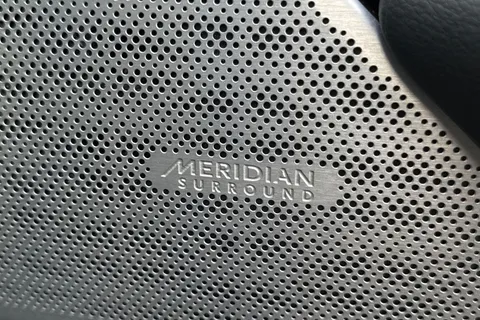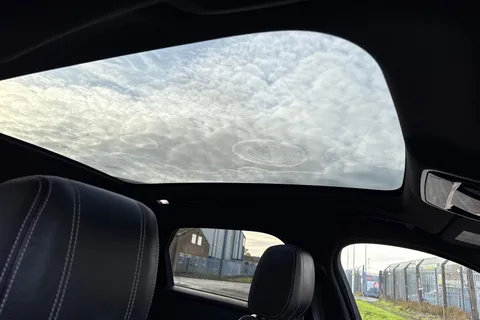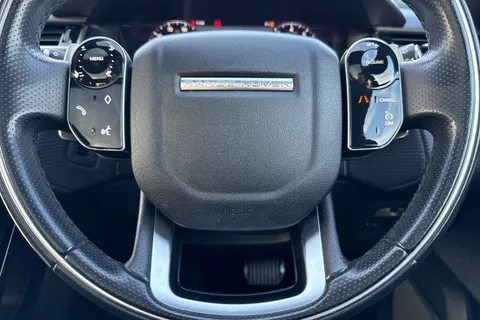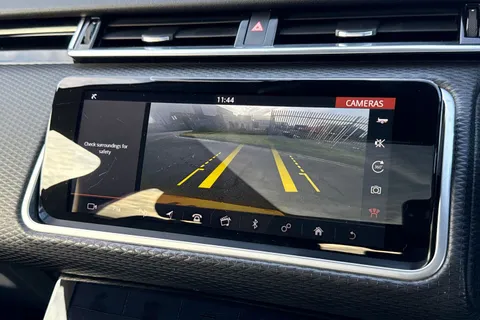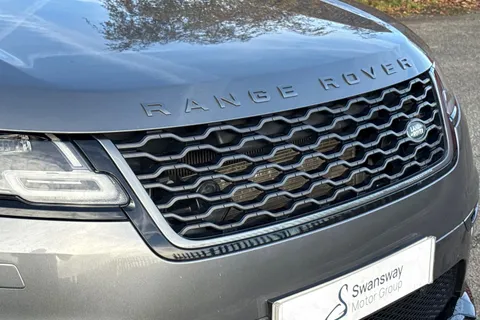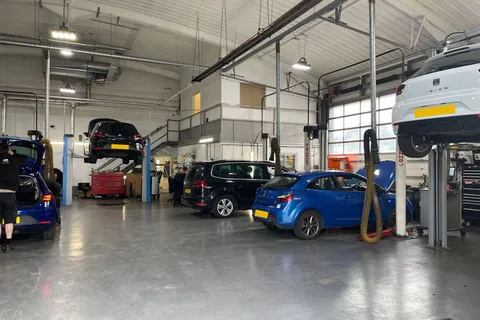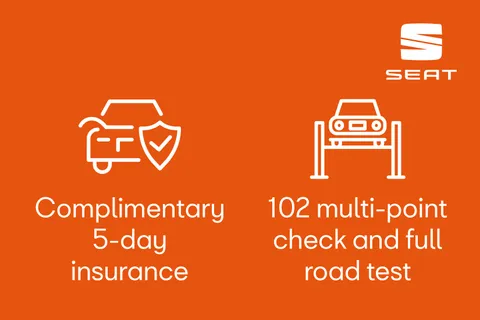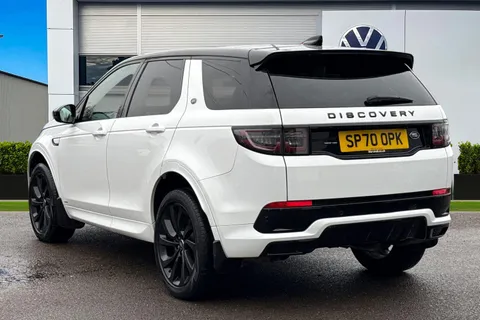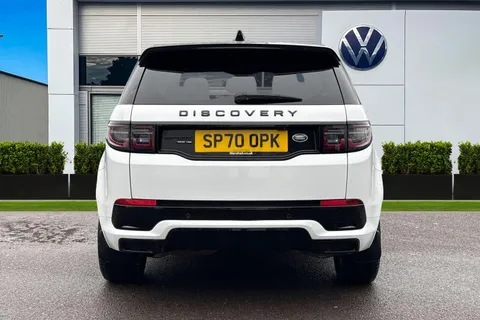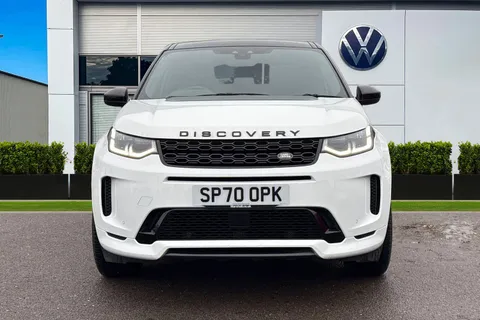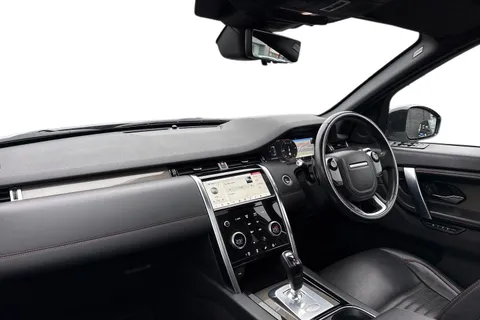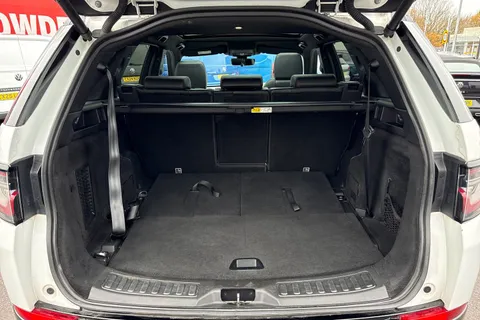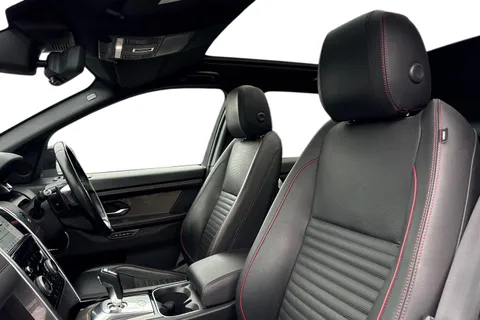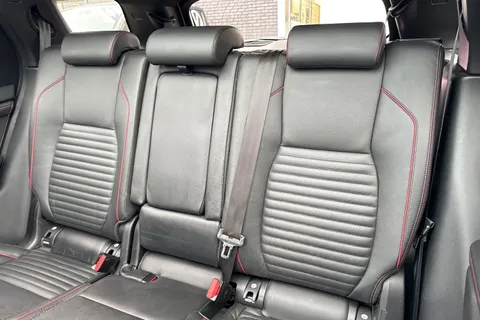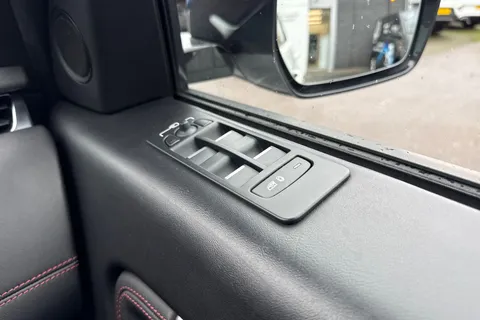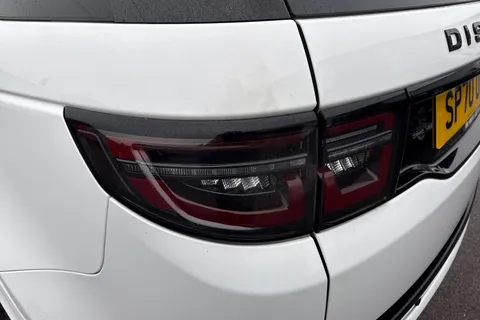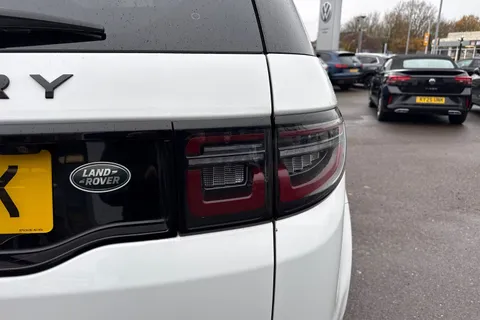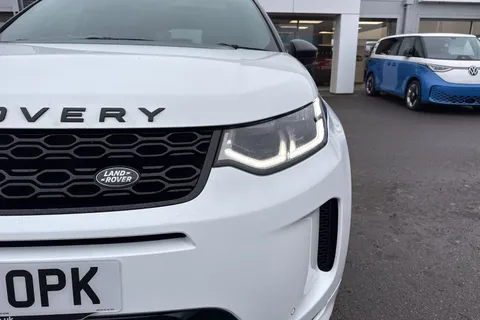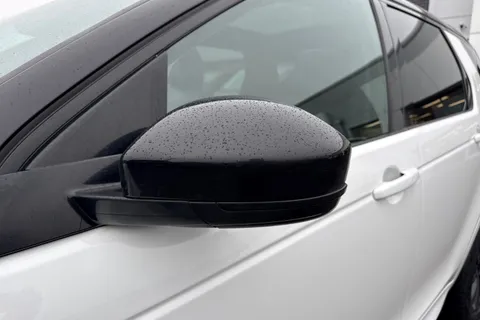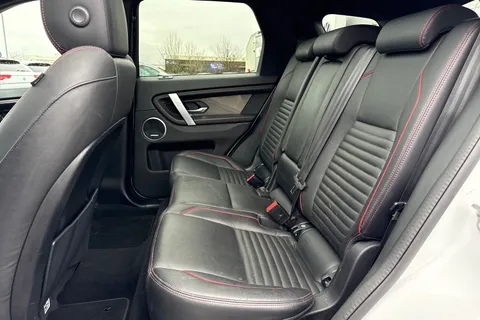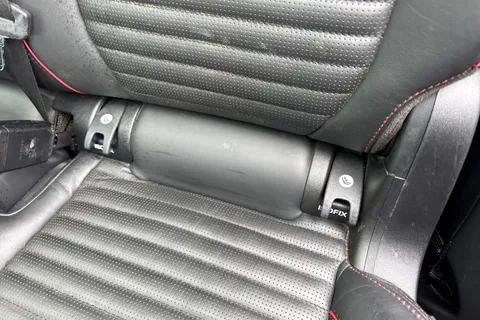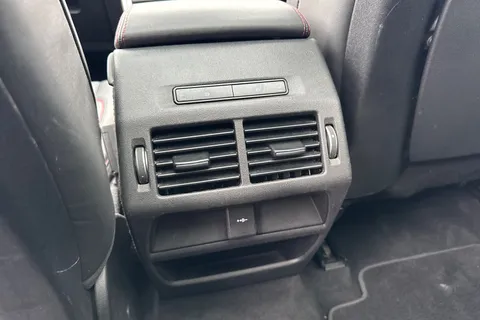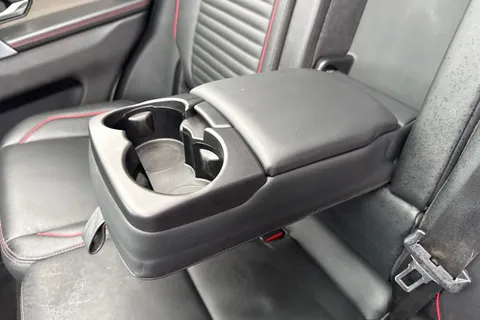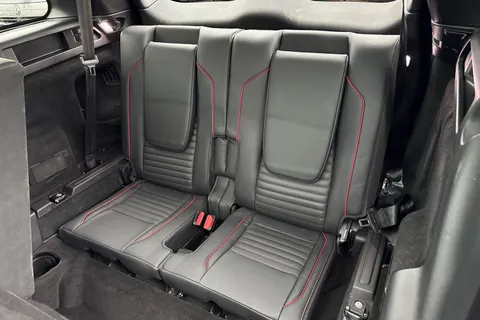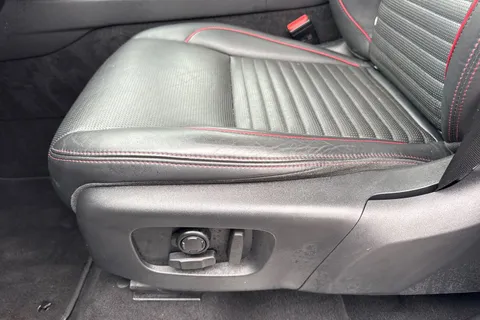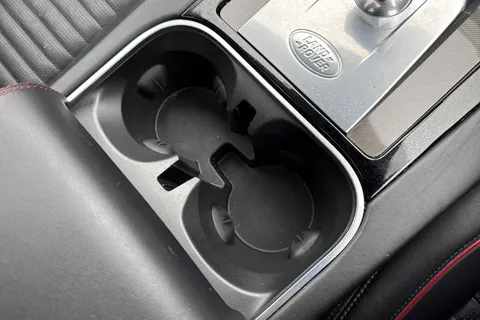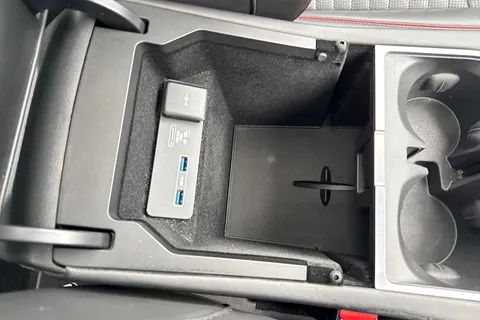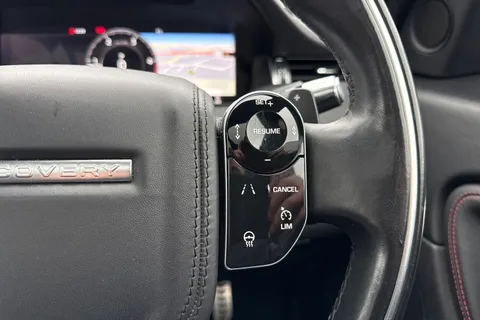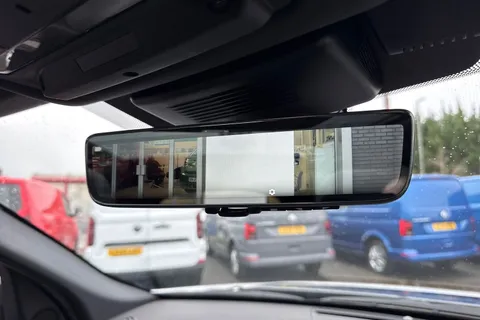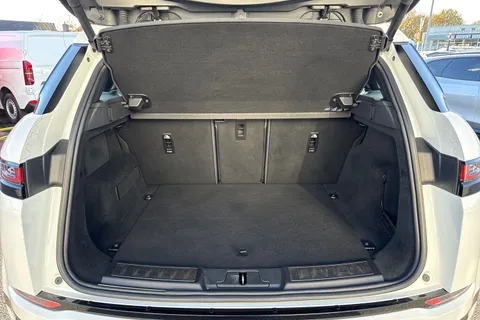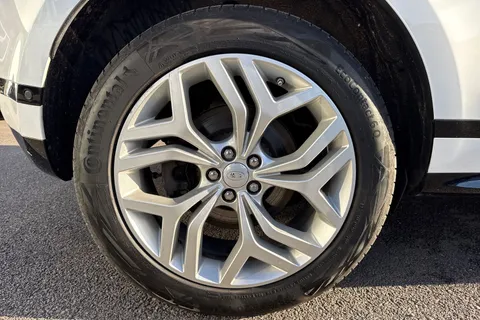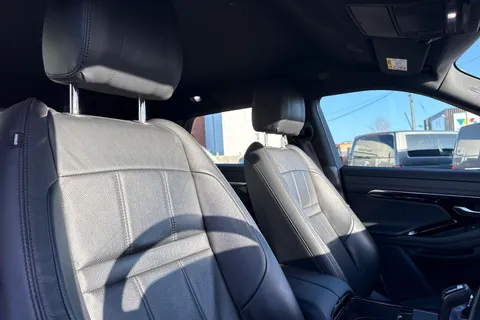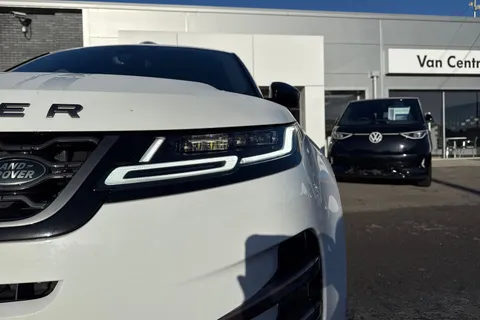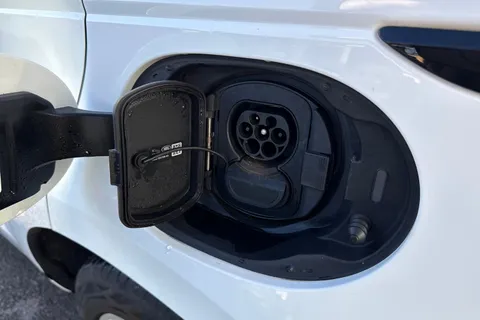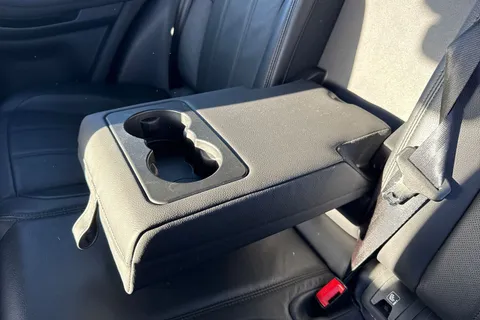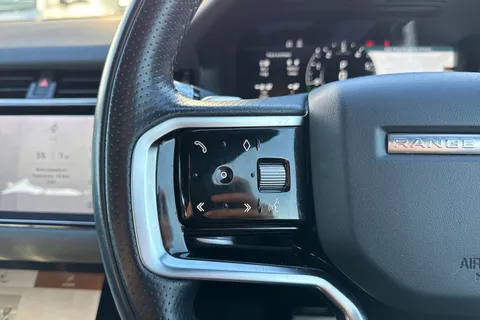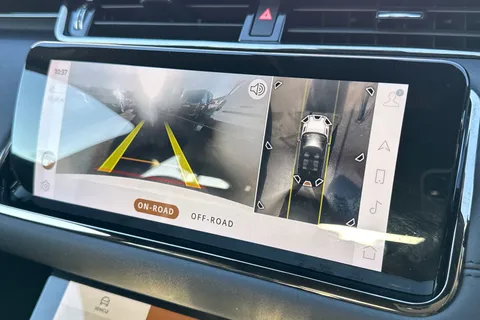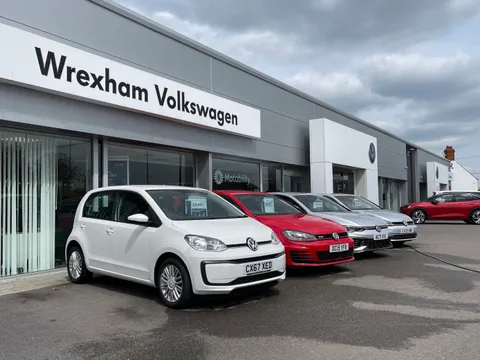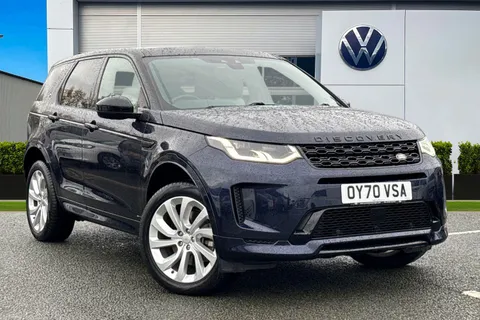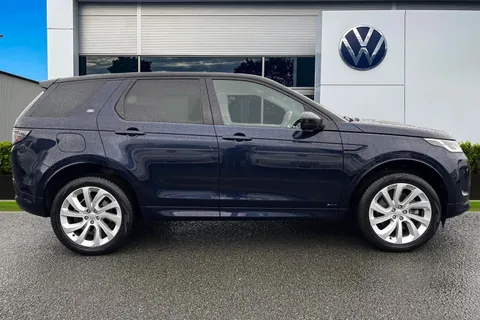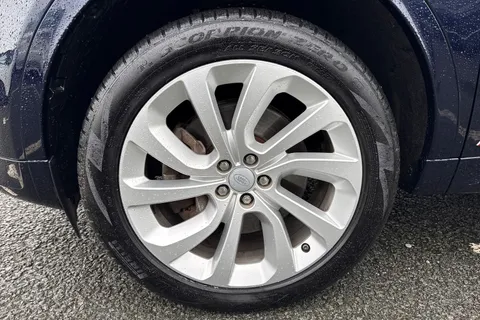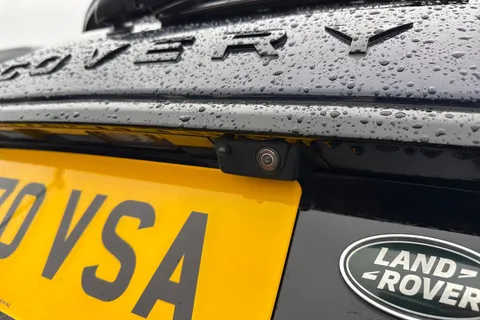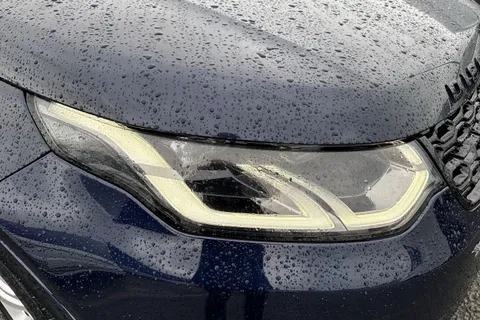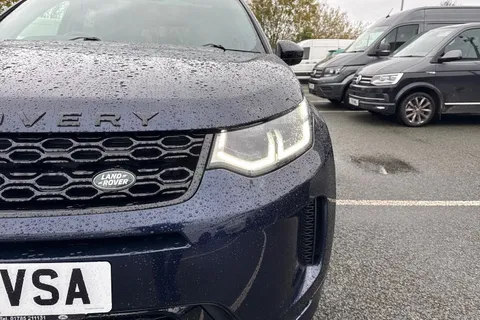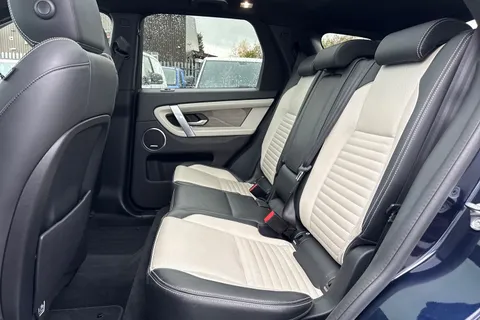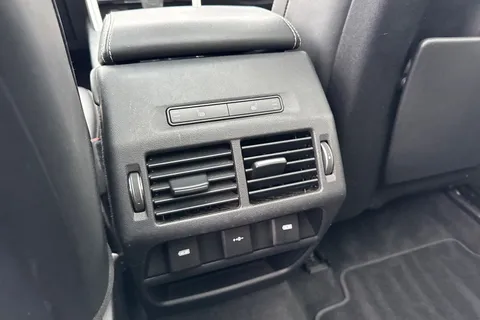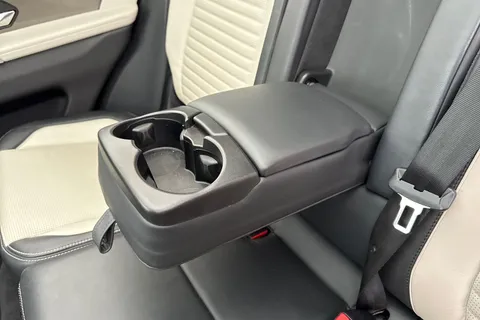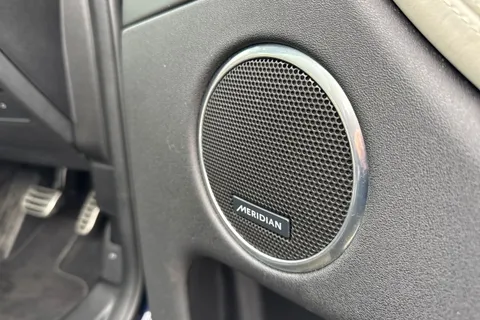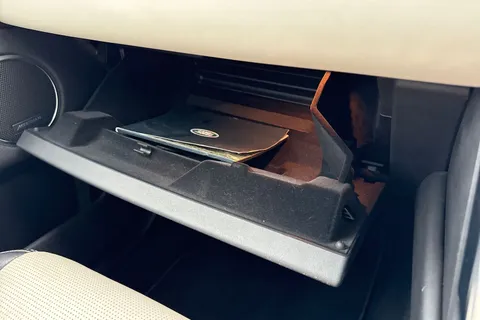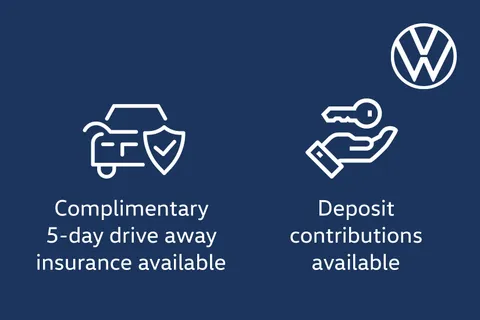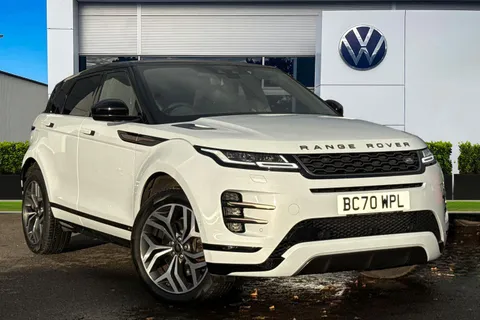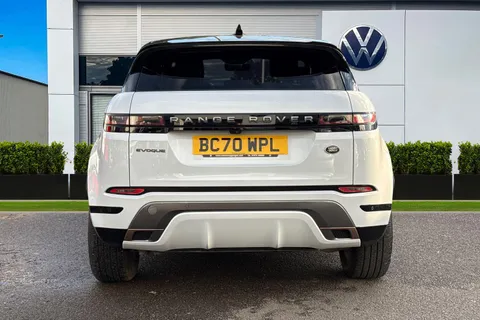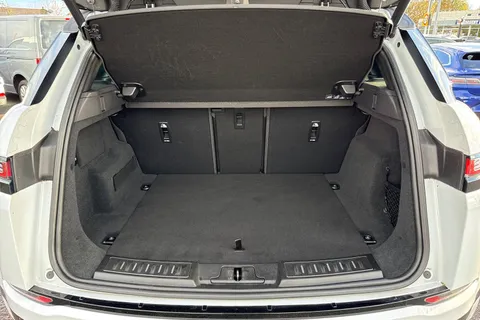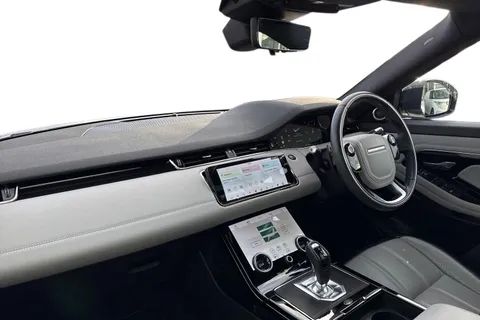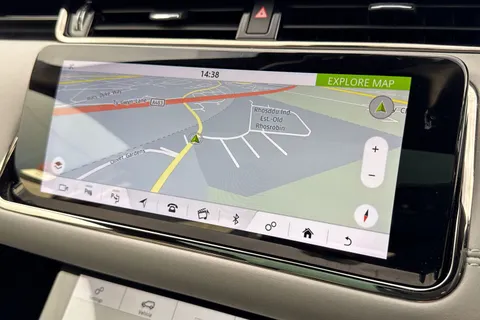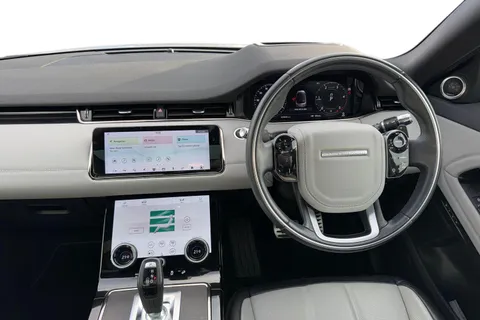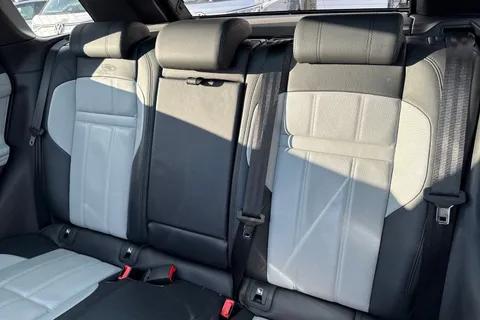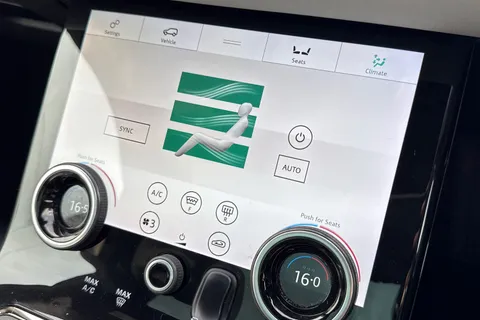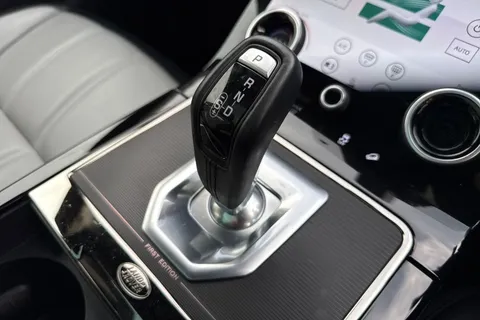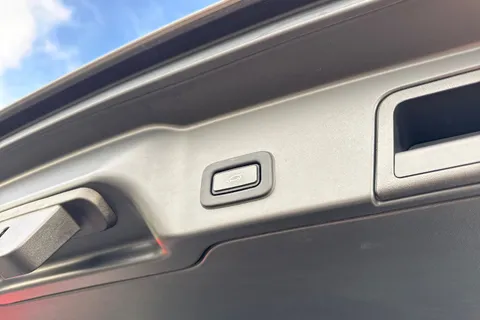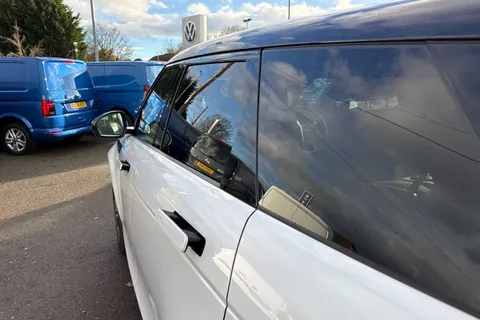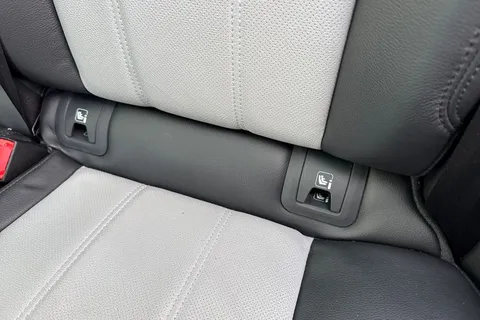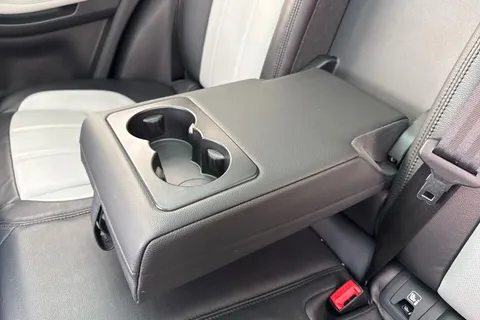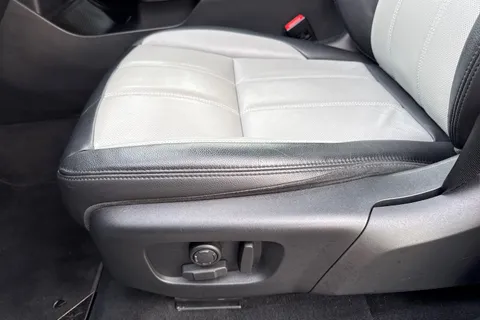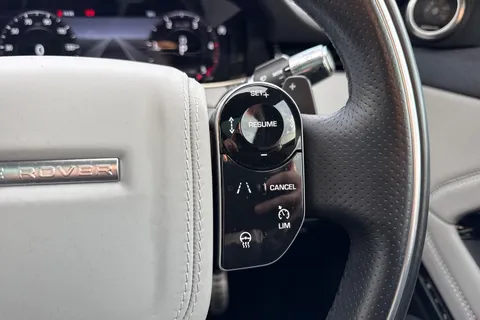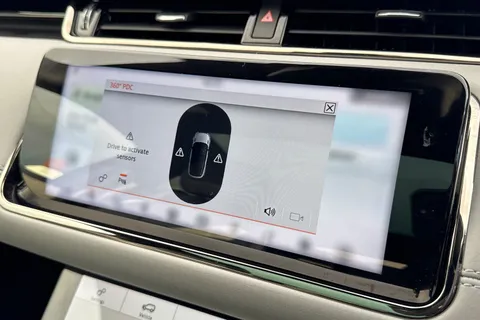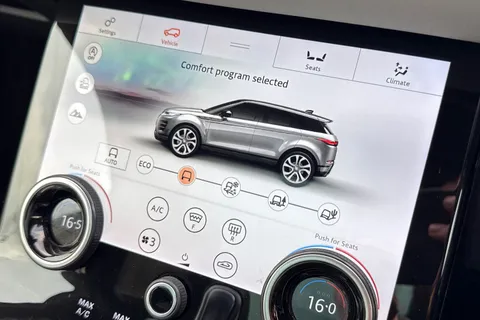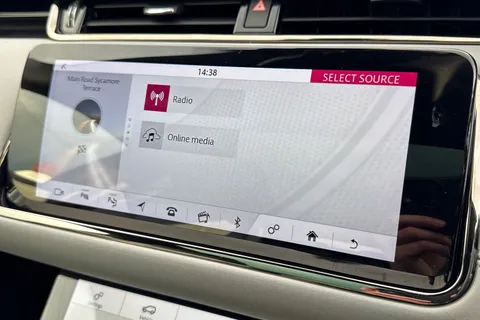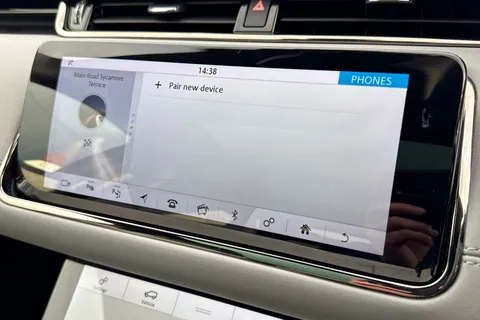
Shopping around for a new Land Rover SUV?
We pitch two of its most popular models against each other
Land Rover’s SUV line-up has grown significantly in recent years, with a lot of that growth coming from the more compact end of the spectrum.
Specifically from the Range Rover Evoque – the smallest model to wear the Range Rover nameplate – and the Discovery Sport, which was introduced in 2014 to replace the Freelander. These two models are quite close in price, but how do you decide which is best for you? Let’s jump in and compare them both.
Exterior
Both the Evoque and Discovery Sport are immediately recognisable as Land Rovers, with each having smart and rugged looks. Let’s start with Evoque, which is, without doubt, one of the best-looking compact SUVs on the market. This latest generation especially is a truly stunning bit of design, with its thin LED lights at the front and rear, flush door handles and rose gold accents making it look more expensive than it is.
The Discovery Sport is far from being a bad-looking choice, though, and recent revisions have really helped to tidy up the design. It’s a bit bigger than the Evoque and isn’t quite so sleek, but still offers a smart look, with a large grille, bold DISCOVERY lettering and large alloy wheels still ensuring it has plenty of street cred.

Interior
Jump inside the two cars and it’s obvious that the Range Rover Evoque is the more style-focused car. Higher-spec versions are particularly impressive, getting Windsor leather seats to really give it that high-end look and feel. It’s filled with screens too, and truly makes it feel like a junior Range Rover, but for a third of the price.
Reflecting the fact the Discovery Sport is the more functional and practical choice, its interior isn’t quite as flash and flamboyant as the Evoque’s. The quality and fit and finish are still excellent, it just lacks some of the ‘wow’ factor you get with the Range Rover.

Practicality
The first-generation Range Rover Evoque really wasn’t all that practical, but Land Rover worked hard to make it more family-friendly in the second generation. The result is a car that’s far more spacious, with the Evoque now having room in the rear for adults, as well as a 591-litre boot.
But if you want practicality, it’s the Discovery Sport that wins this competition. For starters, you can have it with seven seats (unlike the Evoque), while the cabin offers far more space, with three adults able to sit in the second row, while the bench slides forwards and backwards too. At 897 litres, the boot is also quite a lot bigger.

Technology
Both the Discovery Sport and Range Rover Evoque offer plenty in the way of technology, with a large touchscreen brimmed with features included across the range. A digital instrument cluster is also included across most versions, with the exception of lower spec cars.
But the Evoque takes the lead here, with high-end versions getting a fantastic dual screen setup that comprises one main touchscreen for the usual media and nav functions, and then a second lower screen that handles the climate settings. It’s the same as that found on the more expensive Range Rover Velar, and makes it look more modern.

Powertrains
The good thing about choosing between the Range Rover Evoque and Discovery Sport is that the powertrain choice across the two is almost identical. The majority are all-wheel-drive and use an automatic gearbox, but a front-wheel-drive option is available on the D165, and with a manual gearbox.
Diesel options include the D165 and D200, while those wanting a regular petrol have the powerful P250 model. The only difference between the two cars is that a P290 engine is available on the Discovery Sport for those wanting that additional performance.
Both the Evoque and Discovery Sport are also offered as a plug-in hybrid. Known as the P300e, it combines a 1.5-litre petrol engine with an electric motor. Charged up, they can travel up to 34 miles on electricity, while offering low running costs if regularly topped up and driven on battery power.






